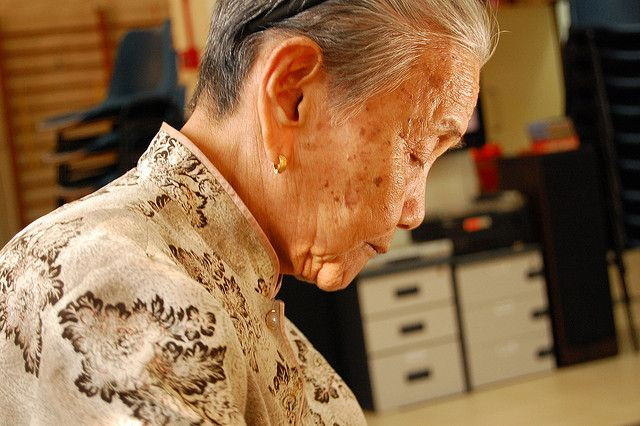Race May Determine Fate For People Who Suffer Subarachnoid Hemorrhagic Stroke

It’s well known that racial disparities exist among those who are at risk for strokes and other chronic diseases, but according to a new study, those disparities may also extend to patient outcomes, specifically among those who experience a type of stroke known as subarachnoid hemorrhage.
Subarachnoid hemorrhages are caused when a brain aneurysm — a weakened wall of a blood vessel in the brain — breaks in the subarachnoid space of the brain, the area between the brain and the tissues covering it, according to the National Institutes of Health. The bleeding vessel could cause blood to accumulate in the brain, compressing the tissue, and damaging or killing brain cells. Hemorrhagic strokes account for nearly 13 percent of all stroke cases, and more than 70 percent of all people with subarachnoid hemorrhages either die within 30 days or become permanently disabled, Red Orbit reported. They also occur more frequently among women than men.
“We believe there could be fundamentally important differences between the biological responses of different ethnic groups to diseases like subarachnoid hemorrhage, rather than any difference due to their medical treatment,” Dr. Loch Macdonald, a neurosurgeon and researcher at St. Michael’s Hospital in Toronto, said in a statement. “If we can understand what the biological basis is for the better outcome of some ethnic groups, then maybe we can develop ways to use the beneficial effects to help everyone with subarachnoid hemorrhage.”
Dr. Macdonald, who led the study, looked at data from the Nationwide Inpatient Sample, a database used to identify, track, and analyze national trends in health care, including quality and outcomes. Between 2005 and 2010, there were 31,631 cases in which a person was admitted to a hospital for subarachnoid hemorrhages.
They found that 22 percent of all patients who were admitted died, and 42 percent needed institutional care after they were discharged. When looking at racial differences, the researchers found that Hispanic patients fared the best. They were the least likely to die while in the hospital and had about an equal risk of being put in institutional care as blacks, whites, Asian/Pacific Islanders, or Native Americans.
Black patients had the most risk of being discharged to an institutional care facility, although when it came to hospital deaths, they shared a similar risk with white patients. Native Americans were more likely to die in the hospital or to be put in institutional care when compared to white people, although the findings weren’t significantly larger. Asian/Pacific Islanders were more at risk of dying in hospitals than any other ethnic group, the researcher said.
The researchers said that possible reasons for Asian/Pacific Islanders’ misfortune could be because they experience more severe incidents. They also suggested less access to high-quality hospitals, however, that wouldn’t necessarily explain why Hispanics, who can also have less access, were least likely to die in the hospital.
Stroke is the leading cause of death for all Americans, the Centers for Disease Control and Prevention says. These statistics, although it was left unsaid, could have been compared to whites because African Americans are almost twice as likely to have a first stroke. A 2005 study also found that Asian American ethnic groups were at a slightly higher risk for hemorrhagic strokes when compared to whites.
Source: Macdonald L, Jaja B, Saposnik G, et al. Racial/ethnic differences in inpatient mortality and use of institutional postacute care following subarachnoid hemorrhage: Clinical article. Journal of Neurosurgery. 2013.



























